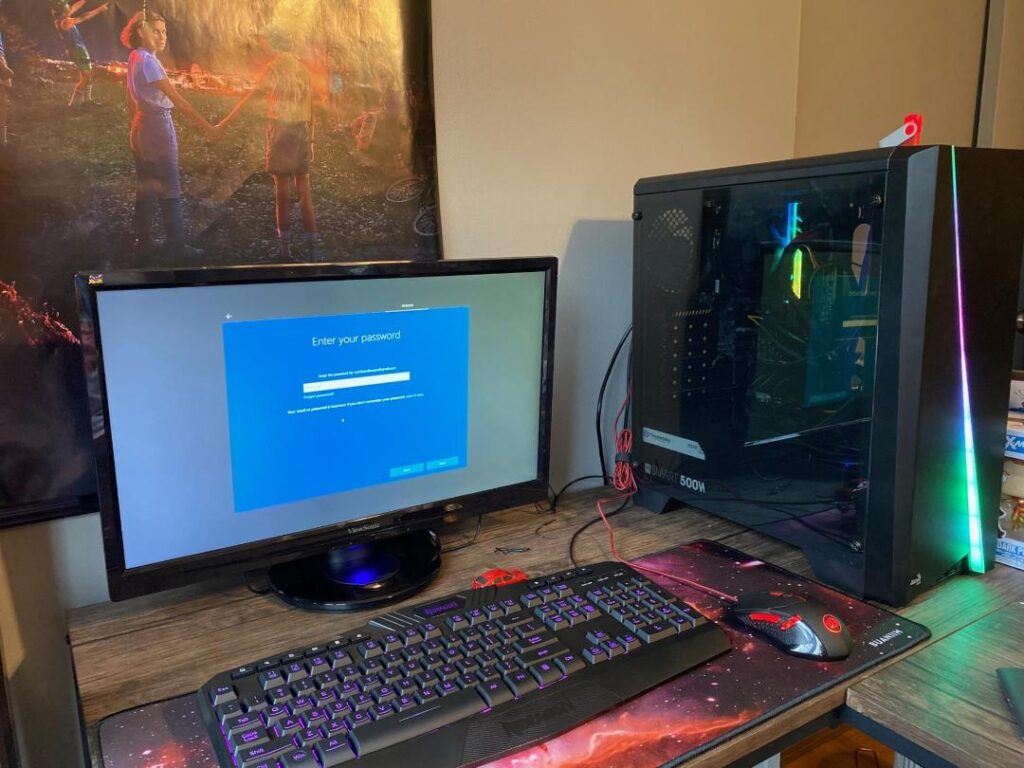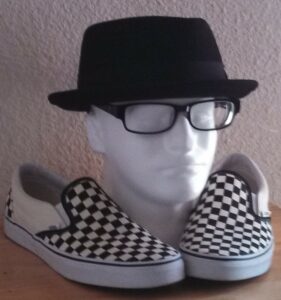Legos for Adults
I made it through high school and my undergraduate degrees without ever using a PC. How is that? They were rare, few people had them. If I recall correctly, I didn’t even see a PC until I was at Harvard.
I arrived at Harvard in 1986, typing my papers on a typewriter. I didn’t know how inconvenient that was because I had no frame of reference. After all, a typewriter was a quantum leap from pen and paper.
A year or so after my arrival, I stumbled upon a word processor at Sears. Word processing was all it did, there was no other functionality whatsoever. It had a small mono screen and an attached dot matrix printer. It was the greatest thing I had ever seen. If there were typos, I could correct them on the screen before they were printed. The device was a true quantum leap from the typewriter. Having that thing on my desktop made my life a lot better. For me, it was truly revolutionary.
Some years later, I was once again making my way through a Sears store when something caught my eye. I noticed an IBM PS/1 computer marked down…way down. I examined the specs, 9-inch mono screen, 256k of ram, and no hard drive. I couldn’t buy it fast enough. I took it home a few minutes later.
The computer had a modem so I was able to get on the World Wide Web. There was no internet yet, so there were very few sites I could visit. I was able to connect to the Harvard library system, and that turned out to be a big plus.
I ended up using that machine for years, swapping out floppy disk after floppy disk as they reached their capacity. As good as the word processor was, this computer, a real computer, was infinitely better. Even though I don’t use it, I still have it. It is a great machine.
Shortly thereafter, I started to build my own systems. It was truly the Wild West. Manuals were bad, much worse than they are today. It was a true guessing game to figure out where all the cables from the case were supposed to go on the motherboard. Nothing was labeled, most connectors could go in two ways, one way would be correct, the other would fry a hard drive. And heaven help the poor slob who wanted to insert a modem into a system. Jumpers had to be accessed and disabled on the motherboard and Ouija Boards usually had to be consulted to ascertain their location. Once again, labeling was considered optional by the manufacturers.
My first system was a snappy little number with no hard drive, one-quarter of one megabyte of ram, and a blistering 286 processor. When Dos Shell arrived, I felt as if it was a gift from beyond the moon. Suddenly, I didn’t have to memorize every command from every program that I used. With all due respect to Socrates, the file manager aspects of that utility was a game-changer. For the first time, I could actually see the files in each directory and click on the one I wanted. Truly astonishing.
I guess I probably built around 100 machines for friends and family. I think I stopped when the Pentium 4 processors were the top of the line. I still have a working Pentium 4, 150mhz with 4 megs of ram, and a tape drive. I am very proud of that machine, it has never crashed…not once.
I stopped building computers because it became cheaper to buy pre-built systems. In many cases (pun intended) it was a lot cheaper. The big problem was that the cost of hardware continued to go down but the cost of software went up and then up some more. This was in the day before Linux, and its multitude of distros, got a strong foothold.
I recently started building computers again. I quickly found that the landscape for home-built computers has changed dramatically. In a sense, building a computer today is like building with Legos. Pieces simply snap together with little fuss. The parts are dependable, well-labeled, and much cheaper than they were 20 or 30 years ago.
This is the computer my nephews and I built. We are all in isolation so we talked on the phone as Corndog and Z put this machine together. It was their first build and things went smooth. The only problem we had was when Corndog neglected to plug the monitor into the wall socket. After we got that squared away, everything was fine.

I would highly encourage everyone to build their own PC rather than go to Best Buy or order one on Amazon. The build process is simple and I guarantee you will feel a sense of satisfaction when you boot up your new machine for the first time.
